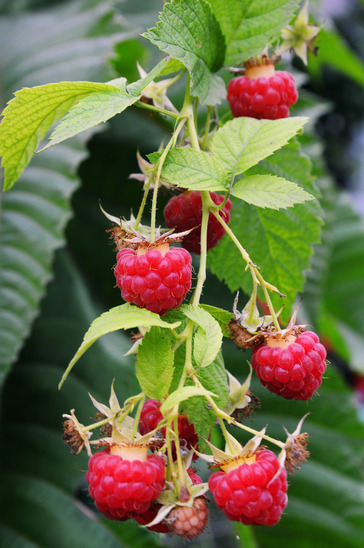
Twig of raspberry
As April approaches here in the North Woods part of the country, it’s time to give thought to Berries! Berries! Berries! Soon enough there will be berries everywhere. But that’s only true if you already have some berry plants planted. If not, it’s time to get busy ordering and even planting your berry crop now. If this is your first year you won’t get many berries as the plants need time to establish. But in future years you surely will. My strawberry and raspberry jams are some of my most popular items I can each year.
In my own garden, I planted raspberries and strawberries in two different locations. One of the locations has now become a dedicated berry patch of about 12 foot by 12 foot. The other is along a fence line where raspberry plants coexist with other plants and shrubs on my property.
To be honest, my strawberries have haven’t quite worked out the way I would’ve hoped. Admittedly, the soil in that location is pretty rough. Also, my strawberries consistently compete against some oregano that I planted a few years back. I had no idea how invasive oregano plants are! So I end up heading out to a nearby farmer’s field each year where they let you pick your own strawberries.
Because I messed up with the strawberries, I only have raspberries in my berry patch right now. Still, each year ever since I planted them, I have managed to get a huge crop of raspberries – far more than I can ever consume by myself. I’m open to new berry types and will work on that for this coming season.
I want you to imagine a bright, warm Sunday morning in late June or early July. That’s typically when I head out into the garden with a couple of stainless steel bowls and get busy picking berries. It doesn’t take long until the bowls are filled with fresh raspberries picked right off of the canes. From that point, it’s less than an hour until I have warm jars of freshly canned raspberry jam cooling-off on my countertop. My goodness are they great!
So what is my secret to having a great raspberry patch?
1). Plant a variety of berry plants. I set it up so I get berries in both the early summer and the fall. It also gives me berries of all sizes and flavor profiles. I actually don’t recall what varietals I planted. But I do know I got a variety pack at Burpee (similar to the picture below) and have been very happy with them. Admittedly, a few of them did die, and I know Burpee would have given me credit for them if I asked. But I kind of felt like part of it was my fault for where I chose to plant some of them. I also never bothered because I ended up with such a successful berry patch overall. You can click on the picture here to order Burpee’s “Raspberry, Favorite Collection 12 Plants”. If you don’t like these ones you can choose others. But, again, I recommend variety.
2). Make sure your berry plants have room to expand. Raspberries cannot help but put runners out. Strawberries do the same, but a bit differently than how raspberries do it. The point is, they will all expand on you. Giving the berries room to run creates higher density of plants and ultimately higher volume of fruit.
3). Make sure to dedicate enough space to your berry plants. In one of my berry patches, raspberries are the primary plant. This gives the existing plants lots of room to grow, and me lots of room to maneuver when it’s harvest time. Only when you are straining to reach berries without scratching yourself on the berry canes do you appreciate having the space!
When I originally planted my raspberry canes, I made sure they were not too close together. Remember, new raspberry plants may seem tiny at the time you plant them, but they will become quite large and expansive as they grow. By contrast, strawberries are ground-hogs – they take up a lot of ground but not vertical space. Either way, it is best to consult the nursery where you purchased them in terms of guidance for how best to plant them.
4) Make sure the berry patch has lots of sunlight and keep it watered. One of my berry patches gets huge amounts of daytime sun. Because of that, I manually water the berry patch once a week (more if conditions are especially dry).
5) Prune away dead growth in early spring before the new growth begins. Each year, raspberry canes die off and new ones grow in. It’s important to prune away dead growth each year before new growth begins. Dead growth is a natural haven for insects and other bad stuff. It’s important to get that out of the garden bed, making room for new growth. This is a great link with more specific guidance for pruning raspberry canes.
Oh, I almost forgot the extra bit of love that goes into my berry patch! It’s my dog Philly. I let her “help” by wandering in and sniffing around anytime she wants – you know, to make sure no bad critters are lurking in there.
To learn more, my friends at Burpee can help you starting with this link to an article they wrote called Growing Backyard Berries. From there you’ll find even more berry how-to’s and guidance.
Remember, the bounty and joys that come from home canning all start with some simple effort and love from you!



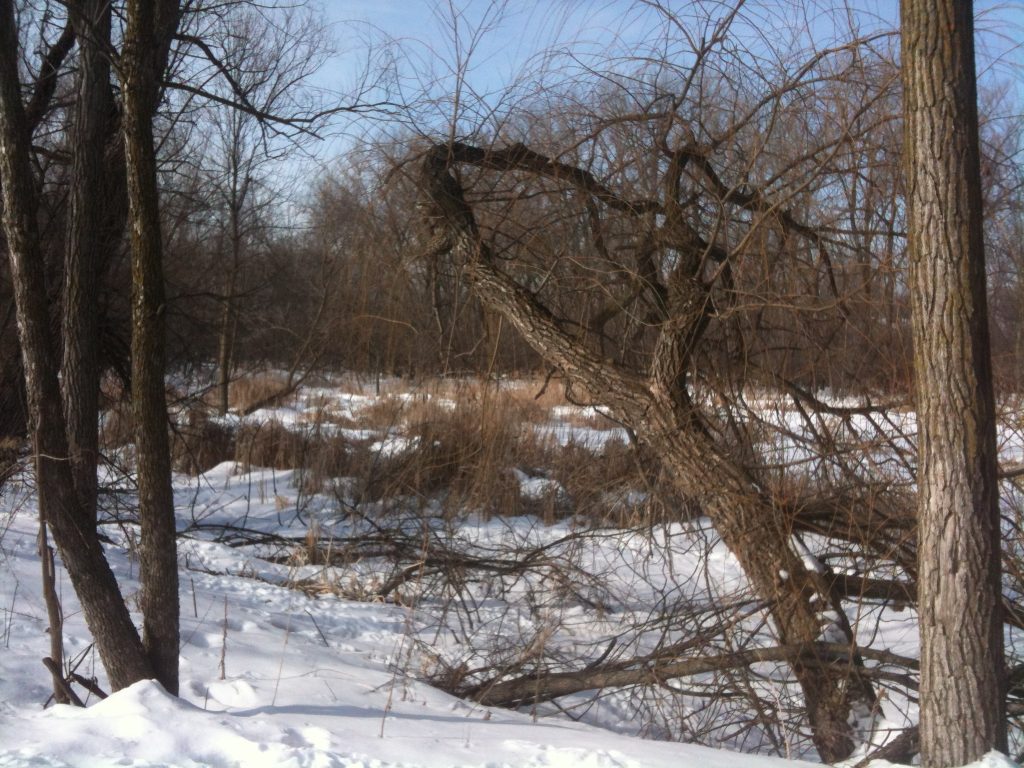
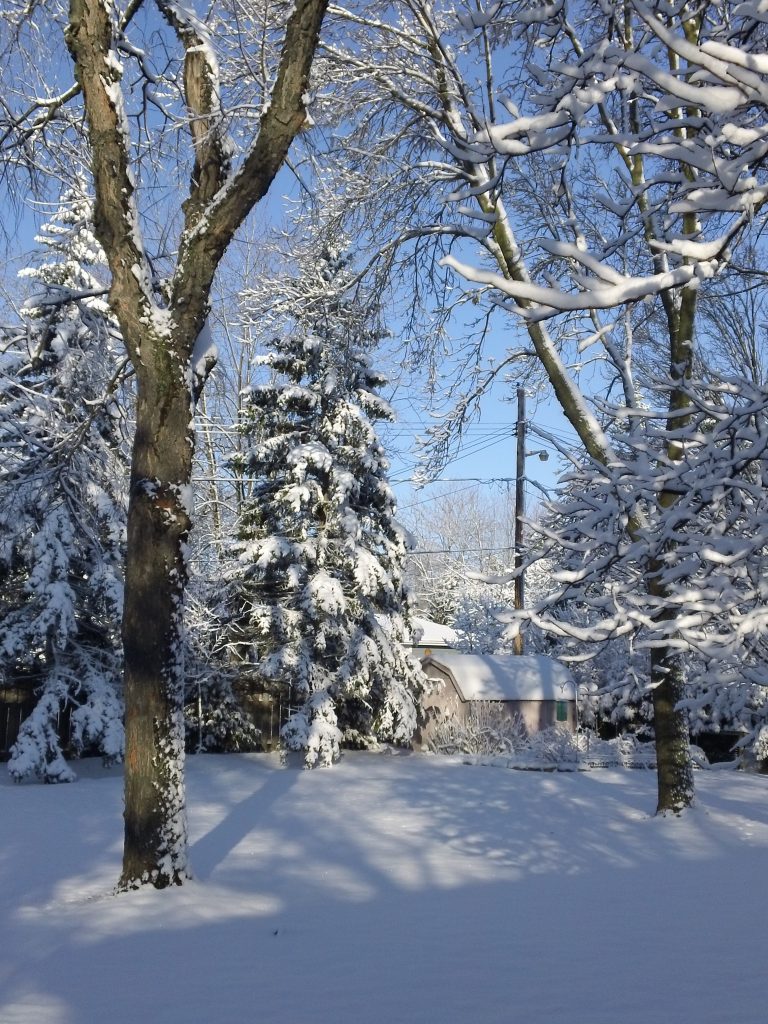
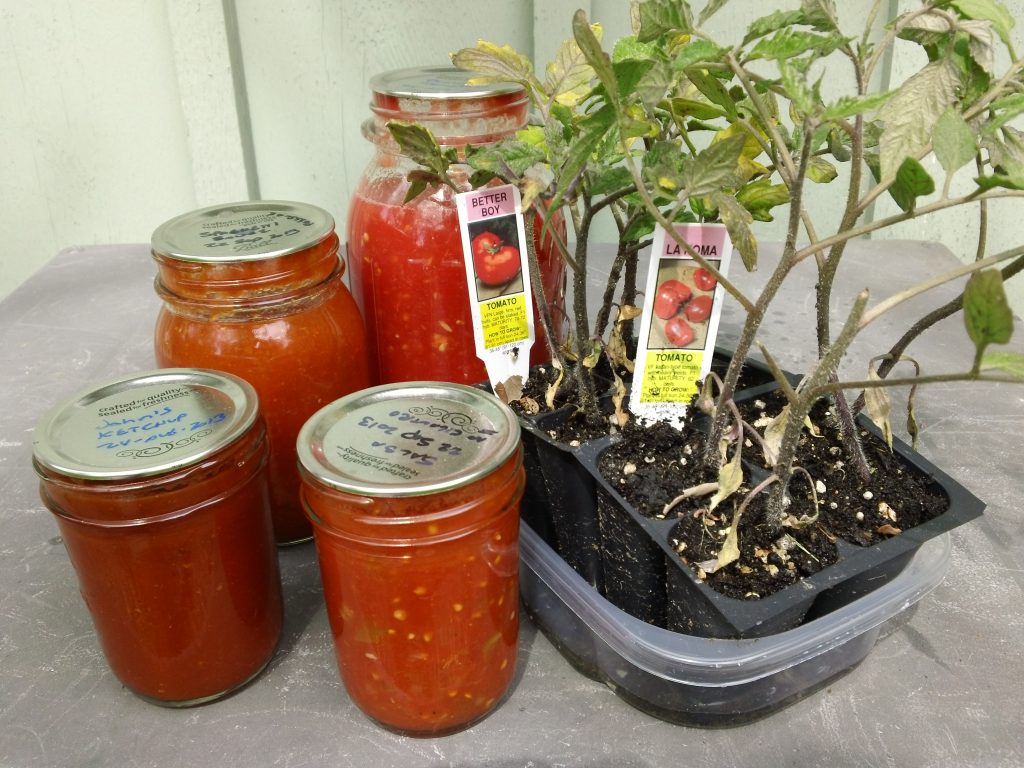
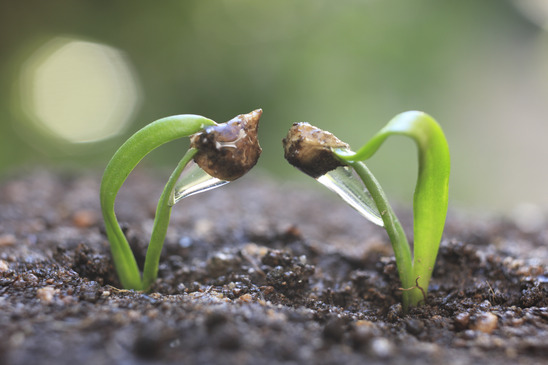
About The Author: John Gavin
More posts by John Gavin